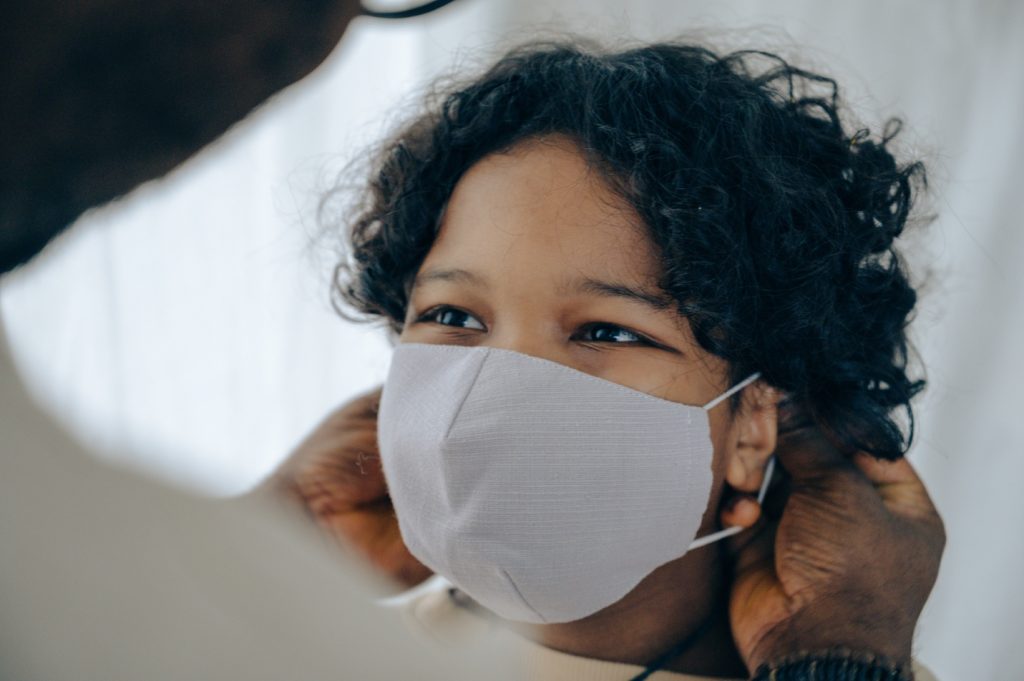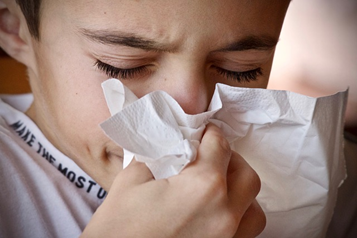April 17, 2021
3 Surprising Ways Poor Indoor Air-Quality Could Affect Your Kids by Jeremy Bowler

By: Jeremy Bowler
A parent putting a cloth facemask on their young child
Source: Pexels
Writer Jeremy Bowler teaches us how poor indoor air quality can severely impact your children’s health.
Like most parents, you probably assume your home is safe from environmental risks. However, this isn’t usually the case. A poor indoor environment is a health risk for everyone, especially children.
Kids are mostly affected because they spend more time indoors than outside. And the effects of indoor air pollution are superior when concerning allergic reactions and respiratory disorders like asthma.
How Poor Indoor Air Quality Affects Your Kids
A child blowing their nose into a tissue
Source: Pixabay
According to the World Health Organization, 90 percent of children breathe in toxic air every day globally. Some of the common indoor air pollutants are released from:
- Building materials
- Fungi
- Bacteria
- Molds
- Dust mites
- Home finishing
- Pesticides
Exposure to House Mold
There have been many cases where kids show signs of a harsh health condition. And as much as there is an increased awareness about mold, many parents fail to recognize the signs of harmful exposure.
Studies have found a strong link between mold exposure and respiratory illnesses in kids. When your child breathes in mold spores, it irritates the inside layer of their lungs and results in a reaction. The reactions can cause:
- Wheezing
- Coughing
- Sneezing
- Sore throat
- Shortness of breath
- Nasal congestion
- Runny nose
Additionally, mold exposure tends to worsen the symptoms of kids who have respiratory issues like asthma. And to kids with a compromised immune system, mold exposure can be deadly.
Toxic black mold can cause hemorrhagic pneumonia, which causes bleeding of the lung tissues. Therefore, get the help of 24 Hour AC Repair if your poor indoor air quality is caused by insufficient ventilation.
Dust Mites
Dust mites are closely related to spiders and ticks. They’re too tiny to see with the naked eye, but these microscopic creatures eat skin cells shed by people and flourish in damp, warm environments. In your home, they might be living on your beddings, carpets, and upholstered furniture.
Children can suffer from dust mite allergies. The signs of this allergy include sneezing and a runny nose. Dust mites excrete pellets of feces roughly the size of pollen grains. These fecal materials tend to enter the usual household dust and cause allergic reactions in your kids.
To get rid of dust mites, make sure that you clean up the cutter in your home, avoid upholstered furniture, and avoid feathered cushions.
Exposure to Pesticides
Kids are usually at a higher risk for health problems caused by exposure to pesticides. Kids, unlike adults, cannot break down the chemicals used in pesticides. This is mainly because their organs are young and still developing.
Young children exposed to indoor pesticides are at a higher risk of developing Lymphoma or Leukemia at an early stage. Pesticides can be found in pet, rodent control, and garden care products.
To protect your child from pesticide poisoning, keep these chemicals in a safe place and ensure your children aren’t home if you’re working with pesticides.
The Bottom Line
Kids are more vulnerable to indoor air pollution because they have a higher resting metabolic rate and higher oxygen consumption than adults. They also have young organs that are still developing.
It is, therefore, your responsibility to look after their health. Ensure that your home is clean, avoid upholstered furniture, and store chemicals safely away from kids.
Subscribe to have Burgundy Zine content sent directly to your email inbox!
Interested in having content featured in an upcoming blog post or issue of The Burgundy Zine? Head on over to the submissions page!
For all other inquiries, please fulfill a contact form.


